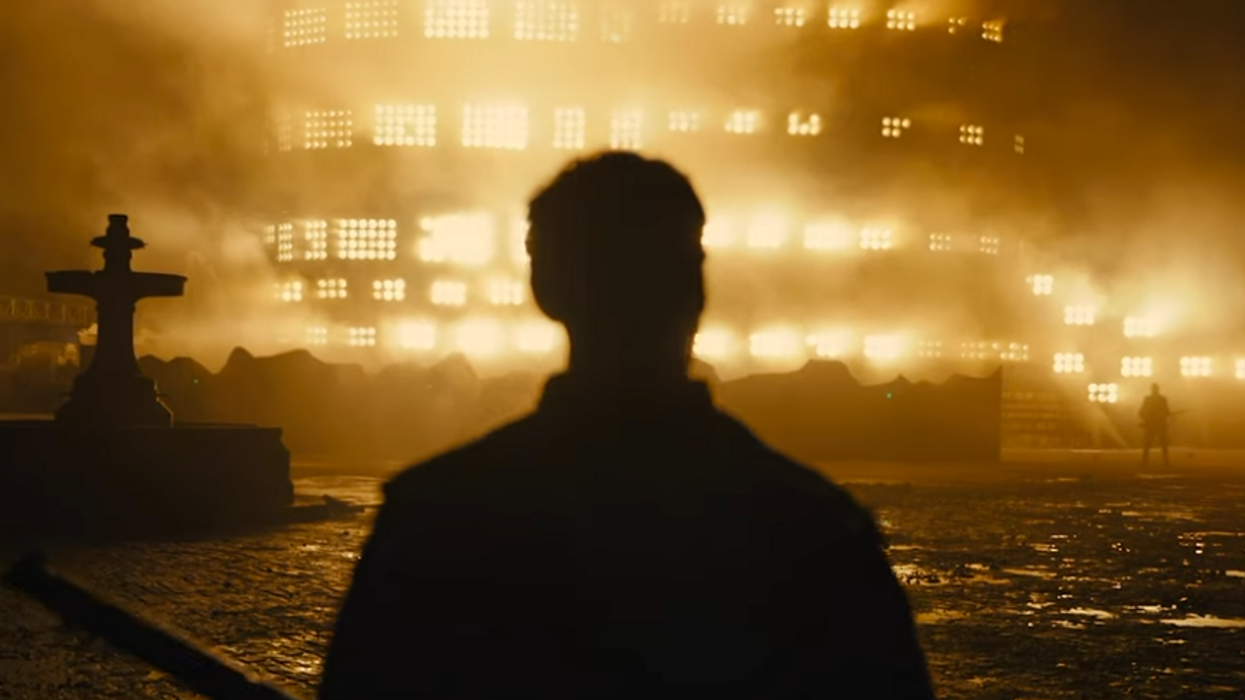How '1917' Used Invisible VFX to Immerse Us in One Shot
How did the Oscar-winning VFX team on 1917 accomplish those amazing visuals? Take a look at this breakdown to find out.

If you saw Sam Mendes' 1917 late last year, you're probably still salivating over some of the film's incredible "one-shot" imagery. I know I still reminisce about "The Night Window" sequence all the time, which I think is one of the most unique and visually impactful sequences of recent film history.
So, I was very excited to learn the visual effects team behind the film, MPC Film, recently released a breakdown revealing the process on some of their stunning VFX work.
How did they composite empty plates, live actors, and CGI landscapes? How did they create the illusion of a burning French village? How did they hide crew and equipment in scenes where it was impossible for them to remain out of the shot?
For a glimpse behind the magic, enjoy the beautiful breakdown below.
The video reveals the inner workings of several key scenes, like how a cut between an empty plate shot is disguised seamlessly with another shot that includes a practical crashed German warplane. It also appears that digital doubles were used to match different takes, as well.
The team from MPC Film took home both the Academy Award (beating Avengers and Star Wars) and the BAFTA for best visual effects on 1917.
After the BAFTA win, MPC Film congratulated their team of around 600 artists via its website. According to MPC, artists were responsible for "digital environment extensions including No Man’s Land, the canal crossing, the burning village of Écoust, and Schofield’s jump into the river as well as destruction, pyro, and water effects."
What's next? Enjoy more articles on VFX magic
Want to know where all the hidden cuts are in 1917? Look no further. Check out the trends in de-aging actors on films like The Irishman, and see VFX artists react to good (and bad) visual effects!
Source: MPC Film











